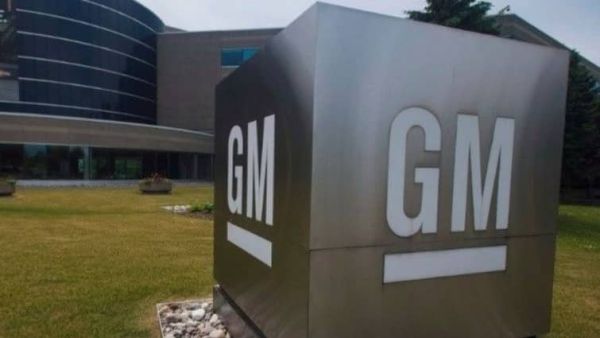
General Motors reported a sharp drop in second-quarter earnings, revealing that tariffs imposed under US President Donald Trump’s administration carved $1.1 billion from its bottom line.
Despite the substantial impact, the automaker managed to surpass Wall Street’s expectations, thanks to continued strong demand for its lineup of traditional gasoline-powered trucks and SUVs, reported Reuters.
The company posted a nearly 2 per cent decline in revenue for the quarter ended June 30, bringing in about $47 billion compared to the same period last year. Adjusted earnings per share dropped to $2.53 from $3.06 a year earlier. Adjusted earnings before interest and taxes came in at $3 billion, marking a 32 per cent year-on-year decline.
GM’s shares dropped by around 6 per cent in early trading, as investors reacted to the outlook. The automaker maintained its guidance for the full year, projecting annual adjusted core profits between $10 billion and $12.5 billion, despite anticipating further tariff pressures in the third quarter. GM estimates that overall trade-related headwinds could amount to $4 billion to $5 billion in losses. However, it aims to mitigate at least 30 per cent of that impact through internal cost-saving measures.
EV Ambitions Slow as Automakers Double Down on Combustion Models
While electric vehicle (EV) expansion remains a long-term goal, major automakers, including GM, are focusing more on their core fossil-fuel-based product lines amid easing government incentives and cooling EV demand. “Despite slower EV industry growth, we believe the long-term future is profitable electric vehicle production, and this continues to be our North Star,” GM CEO Mary Barra told analysts.
In June, GM unveiled plans to invest $4 billion across three US states — Michigan, Kansas, and Tennessee — to boost its internal combustion vehicle production. The strategy includes relocating Cadillac Escalade manufacturing and expanding output of its two full-sized pickups. Additionally, the Chevy Blazer, previously made in Mexico, will now be produced in Tennessee. Notably, GM imports nearly half of all vehicles sold in the US, primarily from Mexico and South Korea. By contrast, rival Ford manufactures around 80 per cent of its US-sold units domestically.
Industry Faces Policy Shifts and Changing Consumer Sentiment
GM’s quarterly US sales, its strongest regional market, rose 7 per cent year-on-year, and the company returned to profitability in China after incurring losses in the same quarter last year. However, pressure from tariffs and evolving government policy could force automakers to reassess spending on future initiatives. Analysts suggest GM may need to reduce investment in certain areas to counteract mounting trade costs.
Jeep-maker Stellantis also warned this week that tariffs may significantly hurt its second-half results, having already absorbed a 300 million-euro impact during the first six months of 2025.
Compounding the challenge for EV makers, new US legislation will withdraw federal tax incentives on electric vehicle purchases by the end of September. The same bill also scraps penalties for failing to meet fuel economy standards, further reducing pressure on automakers to transition away from petrol and diesel models.
-
Learn from everyone

-
Judge blocks release of Jeffrey Epstein grand jury records despite public pressure

-
7,000 steps a day may be the new magic number for better health: Lancet Study

-
TD Bank tells employees: Get ready to work four days in office! Following trend among largest Canadian banks

-
World’s largest passenger plane forced to turn back to Toronto after midair incident involving distressed passenger
